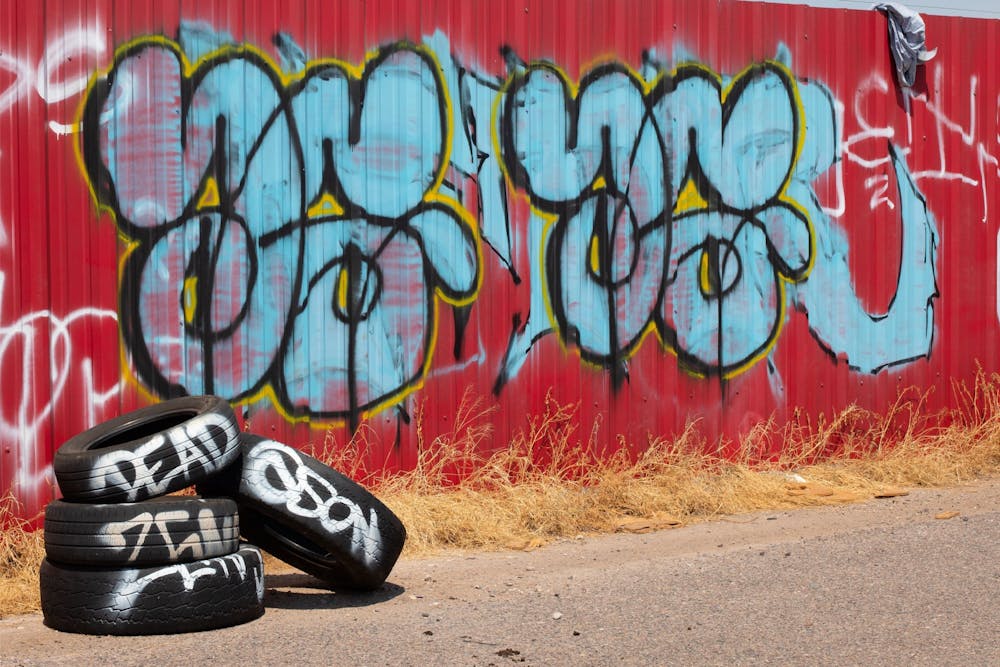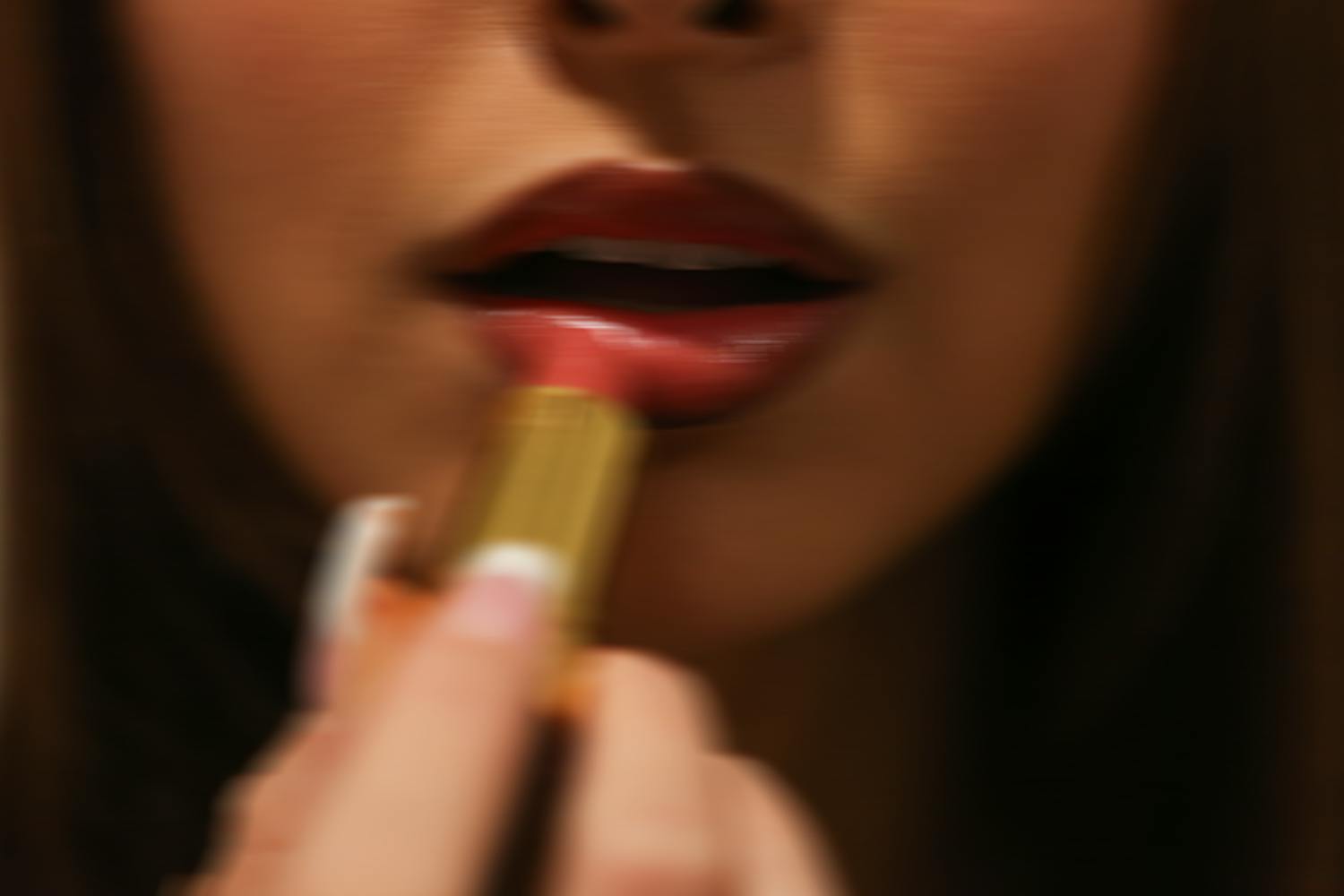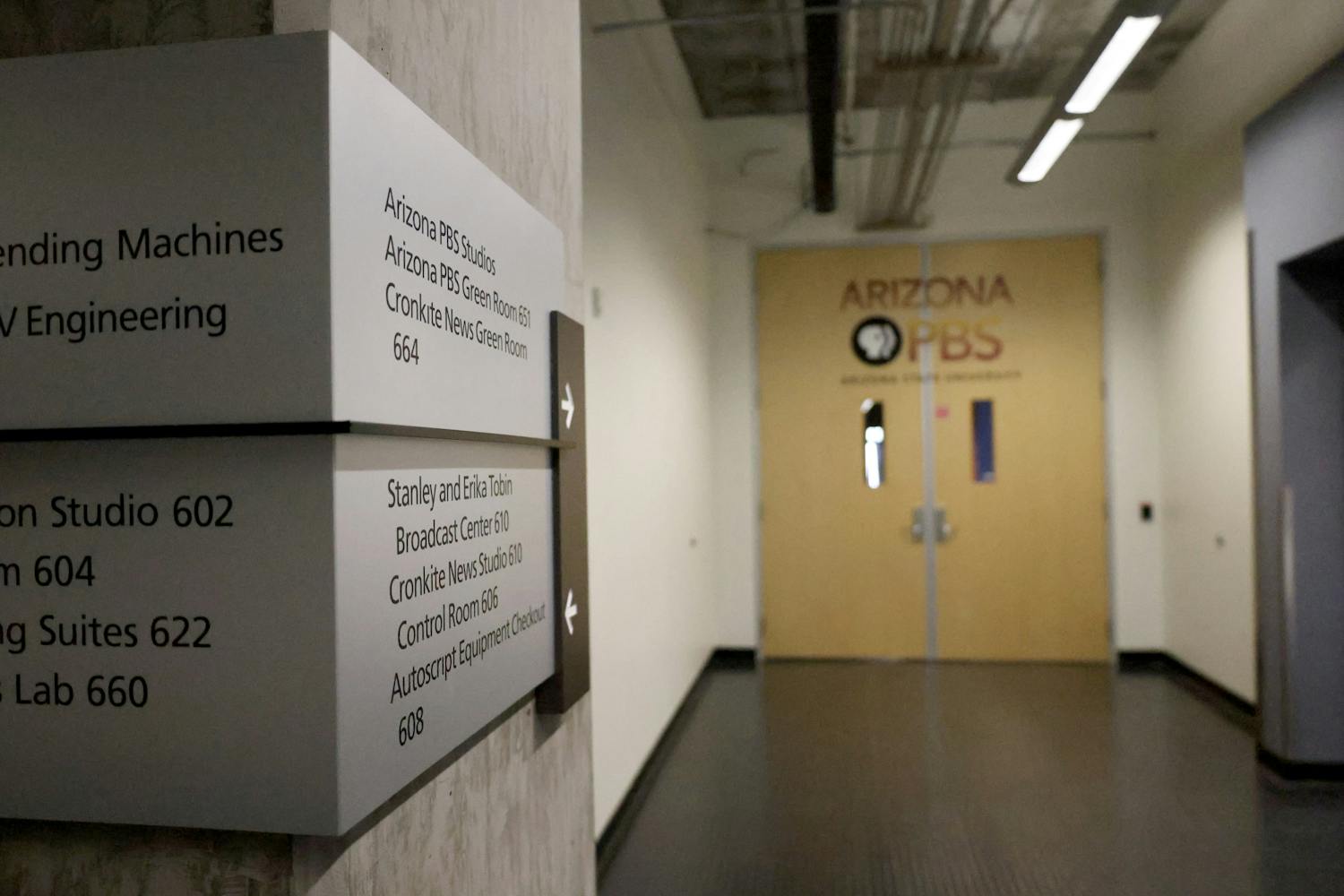Prior to the police chase, his hands were already shaking.
It was his first night tagging, like really tagging. He had spent months practicing his letters, perfecting his name and begging his older cousin to take him around the neighborhood to spray.
Somehow, he had broken him down.
As the slight clink of the spray paint cans traced his steps into the still night, he felt the usual pang of the pre-illegal activity jitters. But he pushed it aside. This night marked more than the first mark on a wall. It was a test of his dedication to graffiti.
He followed along as the group hit a few tags. They threw up hollows and the occasional fill if the coast was clear enough to take the time. But just as the night slowed to a comfortable mob around town, they saw the lights.
Red and blue ricocheted off the cinder block walls. The lights flashed in time with his now pounding heart as the vehicle whipped into the alley, narrowly missing him.
Behind houses and through side streets, he ran. Cans shuddered, sirens wailed. With each step they got closer. The screech nipped at the backs of his ankles. It was an adrenaline-fueled wind sprint.
He scaled a neighbor's fence and shot into the street. With the threat of capture nearing closer, he scrambled under a nearby car and waited for the lights to fade, for the sirens to die out.
“Like any other graff story, there always has to be a car chase every now and then,” MOES, Phoenix-area graffiti writer, said. “But that was the first time that I ever went out. It was like two in the morning. We were little kids.”
At 10 years old, MOES got the first taste of what would become his lifelong passion. Since his first time tagging over a decade ago, he’s watched the greater Phoenix graffiti scene continue to move in flux.
But as the Phoenix landscape and the graffiti scene evolve, ironies emerge in the growth of each of them.
To bring in more growth to downtown Phoenix, businesses and city governments have started using street art, graffiti’s legal counterpart, to make the valley more aesthetically pleasing and instagrammable.
Graffiti artists on the other hand continue to face the looming threat of arrest and heavy policing, especially in low-income areas. Tensions between the two result in a thriving, iconoclast graffiti scene.
Gentrification and street art
Oftentimes, the general public lumps graffiti and street art into the same category. But the major differences between the two clash in the intent of the two forms. Both can be counter-cultural and socially progressive, but murals and street art are typically legal and widely commissioned.
Street art is especially becoming an attraction in downtown Phoenix.
In the last decade, downtown Phoenix underwent a revitalization. What once was a desolate business district is now chock-full of artesian coffee shops, high-rise apartment complexes and three-dollar-sign restaurants.
The area is also home to ASU’s Downtown Phoenix campus, which continues to grow as rapidly as the city itself. Since the campus’ opening in 2008, it has played a key role in the development of the Phoenix metropolitan area.
According to the University, the population at the downtown Phoenix campus has increased by 47% over the past decade, with 11,420 students last fall semester. This number is expected to rise in the next few years.
In March of this year, the University broke ground on a new 16-floor residential hall. The University also announced plans to move parts of the Herberger Institute for Design and the Arts as well as the W.P. Carey School of Business downtown.
The downtown Phoenix population as a whole grew by 56% in the last five years as well. And with rapid interior growth comes drastic exterior change.
Adorning almost every new addition to downtown are big, bright murals. According to Murals of Phoenix, an organization dedicated to bringing street art into downtown, there are over 70 recorded murals in Phoenix.
Roosevelt Row, the city’s arts district, serves as a centerpoint for street art, making the area an attraction for tourists and Arizona residents alike. Posts under the Roosevelt Row location tags on Instagram are fraught with influencers striking poses in front of the famed bird wall or taking flight with feathered wings.
The general artistic aesthetic is making downtown more appealing to potential residents and equally as tempting for developers.
Along with colorful murals come more high-end apartment buildings. Oh, and a raise in the cost of living and the median income. According to the gentrification map created by Governing, the arts district in downtown Phoenix is gentrified.
Claire Del Sorbo, a former member of the Bronx River Art Collective in New York City, noticed a similar trend in the city.
“Murals tend to be more aesthetically pleasing than graffiti, which bodes well for developers and real estate officials, who can utilize them to create the illusion of insurgency and rebellion, despite only being created at the mercy of these private companies,” Del Sorbo said.
In the arts districts in Phoenix, developers also use similar tactics “to invoke the aesthetic of a young, college-educated, hip artist class residing in their building.”
Because of this, tensions between muralists and graffiti writers have become more pressing and apparent in Phoenix.
“The murals that pop up alongside the walls of renovated apartment buildings are just one symptom of the main problem: the glamorization of city life and aesthetics without thinking about the inequality that paves the way for these conditions in the first place,” Del Sorbo said.
“Of course, everyone wants to live in a charming neighborhood with street art and artisanal coffee shops, but it’s important to consider what lies underneath these elements,” she said.
In one instance, the Link, a luxury apartment building in Phoenix commissioned a mural to promote the new development. Phoenix writers tagged over the wall multiple times, holding true to the anarchical roots of graffiti.
Graffiti as a way of reclamation
Graffiti writers in Phoenix, and all over the world, continue to vibrantly attack cities and assert a certain will to power.
Since modern graffiti culture’s inception in New York City in the late ‘60s, writers continue to push boundaries of style, technique and spray. In this way, graffiti is an esoteric anomaly seldom understood by the public.
In an interview with Vans, KATSU, a graffiti writer and member of the graffiti crew Big Time Mafia (BTM), summed it up.
“Graffiti is not art. Graffiti is about promoting crimes and disrupting the city.” KATSU said, “Graffiti writers should love graffiti. People in the public should hate it.”
However, within the graffiti community, a certain sense of comradery and competition keeps writers pushing.
SORE, another prominent Phoenix graffiti writer, started spraying in 2010. He took note of names around the city while he skated and bussed around.
“I’d catch myself looking at the same poles and power boxes to see if there were any new names up,” he said.
After messing around with handstyles, he quickly began hitting the streets.
“What drives me is just leaving a permanent mark on my city I was born and raised in,” he said. “I’m in the car mobbing around with whoever like, ‘Yo check that out, that’s my expression over there.’”
Other Phoenix writers, like SKIN, PLAS, GOSER and WEAPS, plaster their names around the city.
Graffiti accounts continue to document the walls of Phoenix as they undergo shifting coats of color and buff. Some of the most popular, @arizonaletras and @ctrl.phx, often post pictures of prominent writers.
Though the posts garner admiration and attention from graffiti fanatics across the state, many do not see tags in the same light.
Graffiti Free Phoenix, a government group dedicated to buffing and apprehending writers, aims to fulfill its namesake.
A promotional brochure created by the organization states graffiti “lowers property value, discourages business and residential investment and retail sales, promotes fear and impacts a community’s overall economic vitality.”
The latest report projects Phoenix spending upwards of $2 million a year on buffing graffiti. Graffiti Free Phoenix also recruits volunteers to buff graffiti around the neighborhood.
MOES started his graffiti career with a police chase, and still frequently runs into the cops when he’s out painting. In his experience, police have sometimes gone too far.
He recalled a time when a cop threatened to beat him, spray him with his own spray paint and leave him to suffer.
MOES also notes a bit of a bias in cop involvement in Latinx communities.
“We get harassed more,” he said. “Even if you're not writing graffiti, if you’re just walking down the street they’ll go and try and pat you down and try to see what’s going on when you’re not even doing anything.”
In Phoenix, graffiti or criminal damage ranges from a class one misdemeanor to a felony charge depending on the nature of the damage. At the lowest charge, writers face $750 in fines and up to four months in jail.
The max sentence, which applies “if property is valued at $10,000 or more, or belongs to a utility and is valued at more than $5,000,” results in three years in prison.
But that’s part of the appeal.
“Stick to the mission,” SORE said. “Keep your name in their face.”
Reach the reporter at kiera10riley@gmail.com or follow @kiera_riley on Twitter.
Like The State Press Magazine on Facebook and follow @statepressmag on Twitter.

Kiera Riley is a managing editor at State Press Magazine. She also interns at the politics desk for the Arizona Republic




